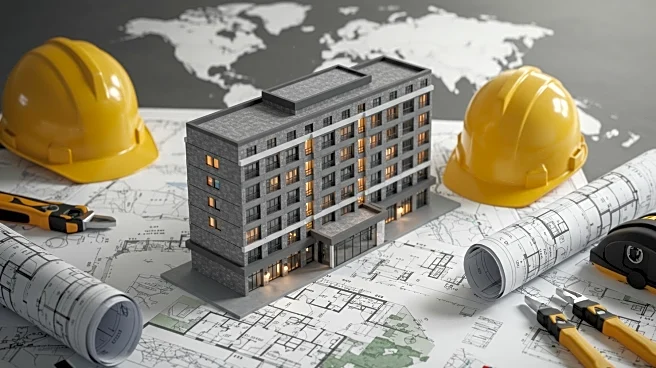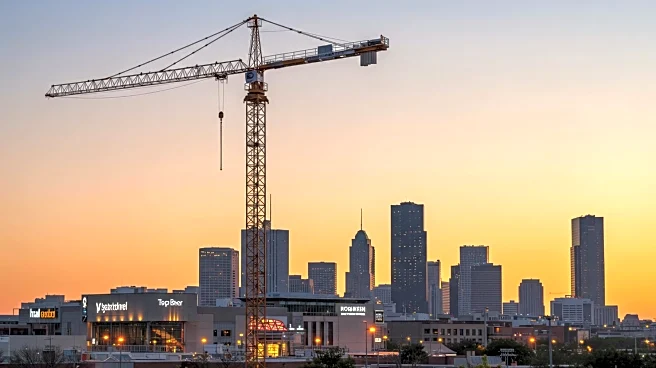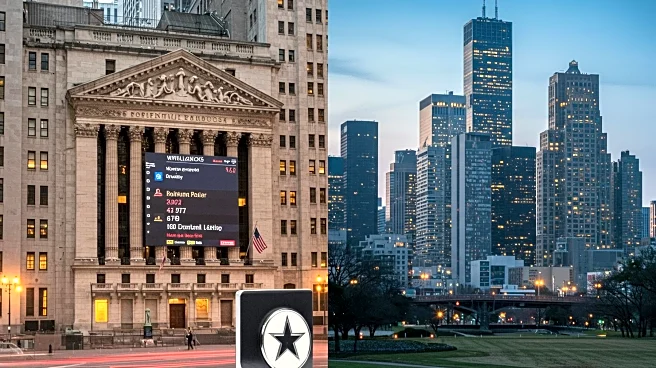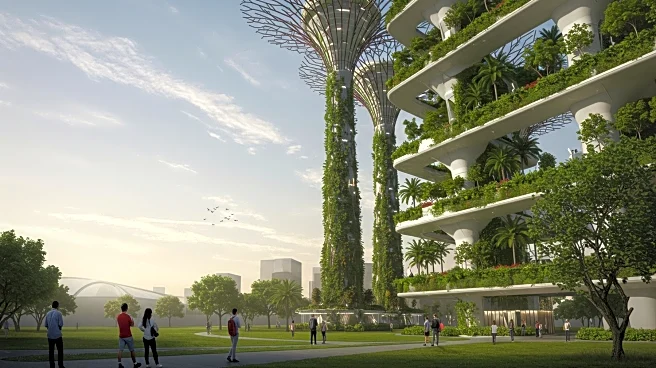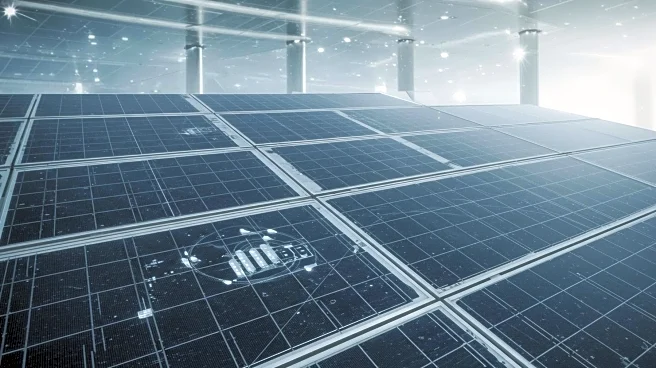What's Happening?
The global hotel construction pipeline has reached a record-high of 15,871 projects, according to Lodging Econometrics' Q2 2025 Hotel Construction Pipeline Trend Report. The United States leads the pipeline with 6,280 projects and 737,036 rooms, accounting for 40% of the global total. China follows with 3,733 projects and 672,224 rooms, making up 24% of the pipeline. The report highlights significant growth in upscale and luxury hotel projects, with the upper upscale segment reaching a record-high of 1,807 projects and 385,396 rooms. Cities like Dallas, Texas, and Atlanta, Georgia, are among the top locations for new hotel projects.
Why It's Important?
The expansion of the hotel construction pipeline, particularly in the United States, indicates robust growth in the hospitality industry. This development is likely to have significant economic impacts, including job creation and increased tourism revenue. The focus on upscale and luxury projects suggests a shift towards catering to higher-end markets, which could influence pricing and service standards across the industry. The concentration of projects in major U.S. cities may also lead to increased competition among local businesses and influence urban development strategies.
What's Next?
With the pipeline at an all-time high, Lodging Econometrics forecasts continued growth in hotel openings, with 2,531 new hotels expected by the end of 2026. This trend may prompt further investment in infrastructure and services to support the expanding hospitality sector. Stakeholders, including hotel franchise companies and real estate developers, are likely to focus on strategic planning to capitalize on this growth. Additionally, cities with high project counts may need to address potential challenges related to urban planning and resource allocation.
Beyond the Headlines
The surge in hotel construction projects could have broader implications for environmental sustainability and resource management. As the industry expands, there may be increased scrutiny on the environmental impact of new developments, prompting a push for greener building practices and energy-efficient operations. Furthermore, the emphasis on upscale and luxury accommodations may reflect changing consumer preferences and expectations, influencing future trends in hospitality design and service offerings.
